Are you fit enough to play in the Champions League Final?
3 CommentsOnly the fittest will prevail.
As the world’s top footballers prepare to meet in the Champions League Final this weekend, we explore what it takes to make it at the highest level.
Advances in Sports Science have revealed the highly energetic demands within the modern game, what we as coaches then do is help you get ready to play and meet those demands.
What is football fitness?
Modern footballers run about 10km within a 90 minute game. One Champions League Final saw Barcelona’s Xavi cover a distance of 11.95km.
Due to the length of a football match, roughly 90% of energy release is aerobic (3), with the average oxygen uptake (VO2) for elite footballers measuring roughly 70% of maximum (1).
However in addition to sustaining effort for the full duration of a game, the ability to repeatedly produce rapid short bursts is vitally important.
Being able to run at speed and change direction quickly in order to beat an opponent to the ball or evade a tackle will give a player a significant advantage.
Top class players perform between 150-250 brief intense actions during a game, accounting for roughly 30% of activities within a game (1). The distance covered during high intensity efforts varies by position (2) and is shown below.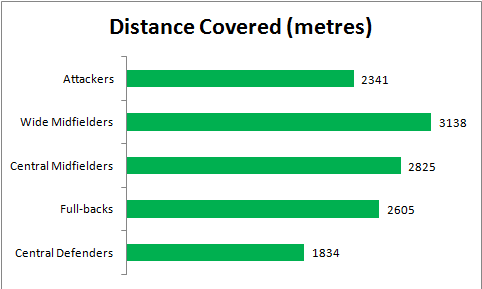
How can I get fit for football?
It is clear that footballers need the ability to work at high speed, to repeat the high speed activities regularly throughout a game and to continuously work at low intensity in between efforts. So how do you train all of these components together?
 Before trying to increase the quantity of high intensity work in training, it is first necessary to train the quality of speed.
Before trying to increase the quantity of high intensity work in training, it is first necessary to train the quality of speed.
This will involve training straight line speed to improve the ability to run faster as well as agility to change direction at speed.
Changing direction is a very energy consuming movement, and the ability to do so efficiently will save energy which can be utilised later on.
Once the foundation of quality has been set, the quantity of high intensity work can be increased to improve speed endurance. Exercises such as shuttle runs and repeated sprints can be used to train speed endurance. However to more accurately mirror the demands of the game, football specific drills can be utilised.
(We are currently working with 3 members of the England team preparing for the Paralympics. Their game is different, but we use the same principles to help them get fit for intense competition).
Conclusion
To maximise the effectiveness of these training strategies, speed and speed endurance work should be done regularly and when the players are not fatigued.
Devote 10-15 minutes at the start of technical/tactical training sessions to speed and speed endurance work: this allows quality to be developed.
The lower intensity work can follow this and will provide the base for the continuous work capacity needed to sustain effort for the duration of a game.
This allows players to practice skills in a fatigued state, preparing them for a game situation. It is also important to monitor fitness through testing.
If you want to get fit for football without getting injured, then why not start now with our Sports Training System?
Matt Durber
References
1) Bangsbo, J., Mohr, M. & Krustrup, P. (2006) Physical and metabolic demands of training and match-play in the elite football player, Journal of Sports Sciences, 24 (7), 665-674.
2) Bradley, P.S., Sheldon, W., Wooster, B., Olsen, P., Boanas, P. & Krustrup, P. (2009) High-intensity running in English F.A. Premier League soccer matches, Journal of Sports Sciences, 27 (2), 159-168.
3) Hoff, J., Wisloff, U., Engen, L.C., Kemi, O.J. & Helgerud, J. (2002) Soccer
specific aerobic endurance training, British Journal of Sports Medicine, 36, 218-221.


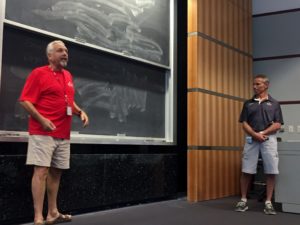
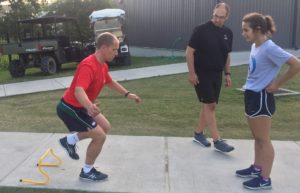



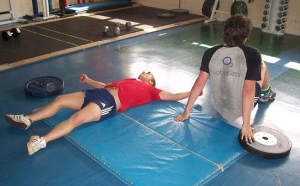 Vince Lombardi.
Vince Lombardi.
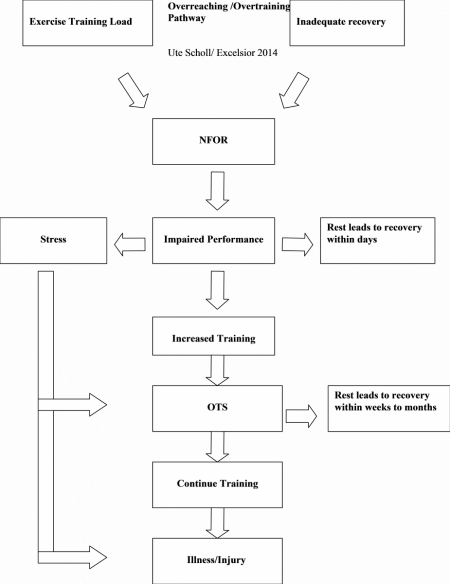
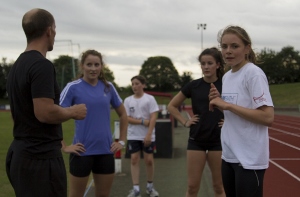 The two most important components of prevention of NFOR and OTS are awareness of the problem and maintenance between training load and recovery.
The two most important components of prevention of NFOR and OTS are awareness of the problem and maintenance between training load and recovery. “It’s a big elephant: you can’t eat it all at once.”
“It’s a big elephant: you can’t eat it all at once.”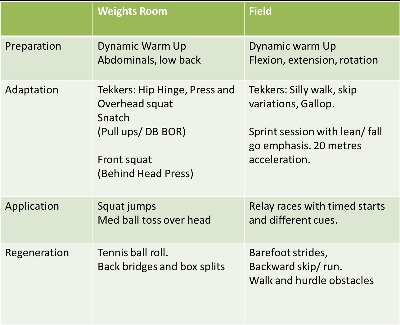
 How to get better at sport
How to get better at sport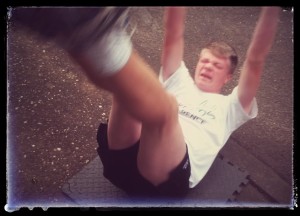
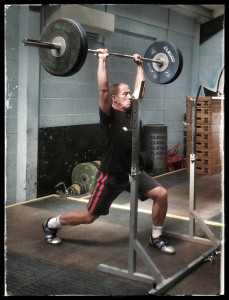
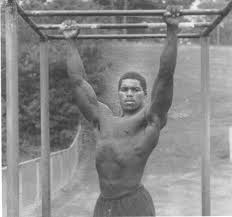 “If you train hard, you’ll not only be hard, you’ll be hard to beat.”
“If you train hard, you’ll not only be hard, you’ll be hard to beat.”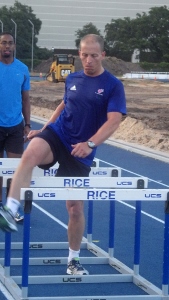 Knowing where you are going is essential before you start out on your journey (I have covered this previously in
Knowing where you are going is essential before you start out on your journey (I have covered this previously in 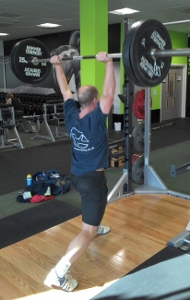 This is the meat of your training session. What changes are you trying to make in your body? If it is to get stronger, then what movements are you trying to get stronger: a push, pull or a squat? Are you trying to develop speed? Then you need to be putting fast work in here.
This is the meat of your training session. What changes are you trying to make in your body? If it is to get stronger, then what movements are you trying to get stronger: a push, pull or a squat? Are you trying to develop speed? Then you need to be putting fast work in here.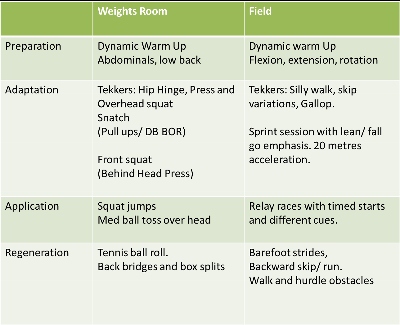
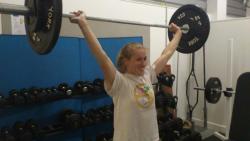 I have left the sets/reps and loads blank because that is down to each individual. But the adaptation theme is for lower body strength in the gym, and for acceleration up to 20 metres on the field.
I have left the sets/reps and loads blank because that is down to each individual. But the adaptation theme is for lower body strength in the gym, and for acceleration up to 20 metres on the field.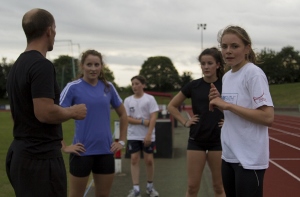 I hope this has given you some insights into how to take charge of your fitness training. These methods work with the athletes I coach, whatever their sport.
I hope this has given you some insights into how to take charge of your fitness training. These methods work with the athletes I coach, whatever their sport.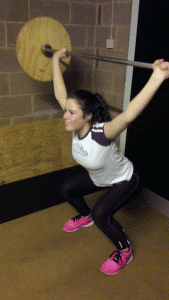
 Interestingly, many of these studies showed that both groups increased strength in equal amounts up until the periodisation group began a phase of lower volume.
Interestingly, many of these studies showed that both groups increased strength in equal amounts up until the periodisation group began a phase of lower volume.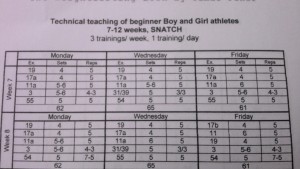

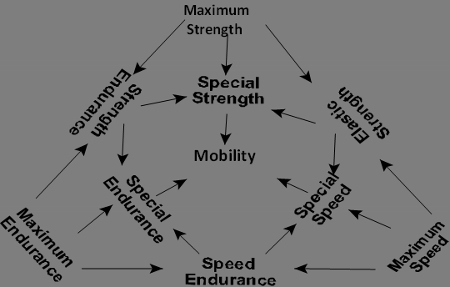
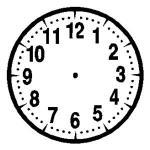 Radcliffe used a clock diagram on several of his slides asking “what percentage of time is spent..?”
Radcliffe used a clock diagram on several of his slides asking “what percentage of time is spent..?” 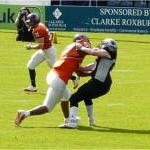
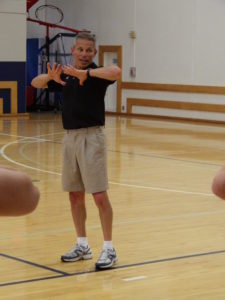
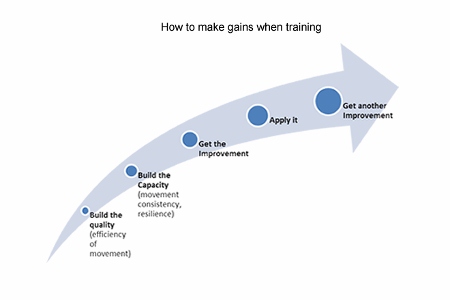
 “The interaction and interdependence of the training components” is what planning training is about.
“The interaction and interdependence of the training components” is what planning training is about.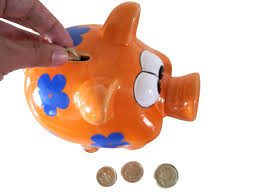 “Every time you train you put money in the bank, every time you compete you take money out“.
“Every time you train you put money in the bank, every time you compete you take money out“. After all the planning takes place, it is easy to think that the athlete’s day revolves around the 2 hours that we spend with them.
After all the planning takes place, it is easy to think that the athlete’s day revolves around the 2 hours that we spend with them.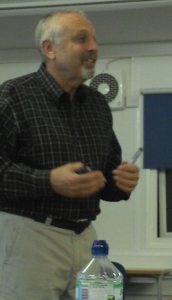 Vern took some questions and then presented on his coaching journey and some lessons he has learnt. To me this is the crucial part that is missing in education in this country.
Vern took some questions and then presented on his coaching journey and some lessons he has learnt. To me this is the crucial part that is missing in education in this country.